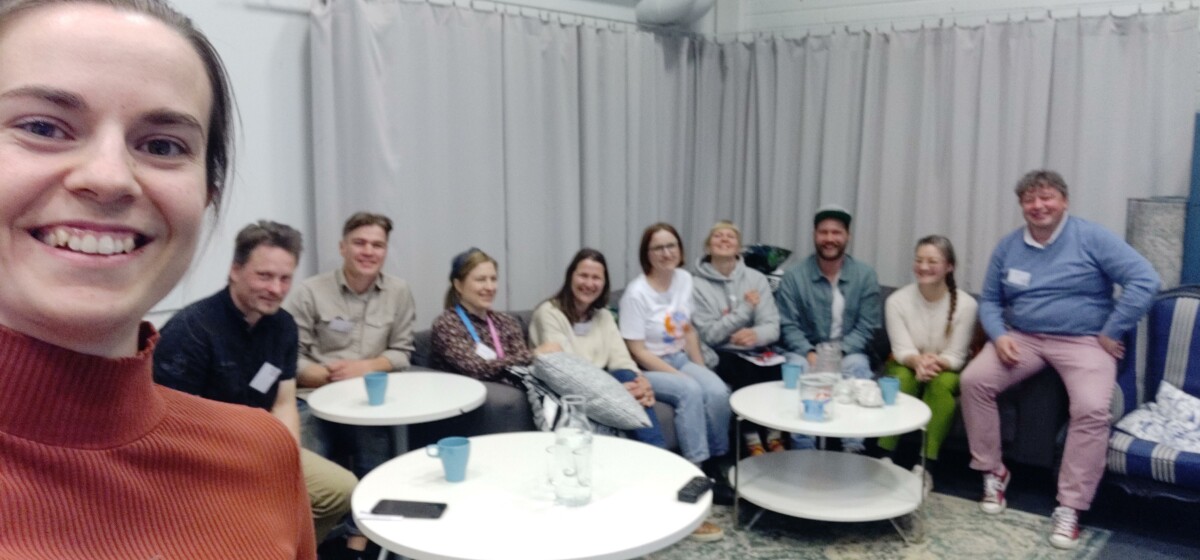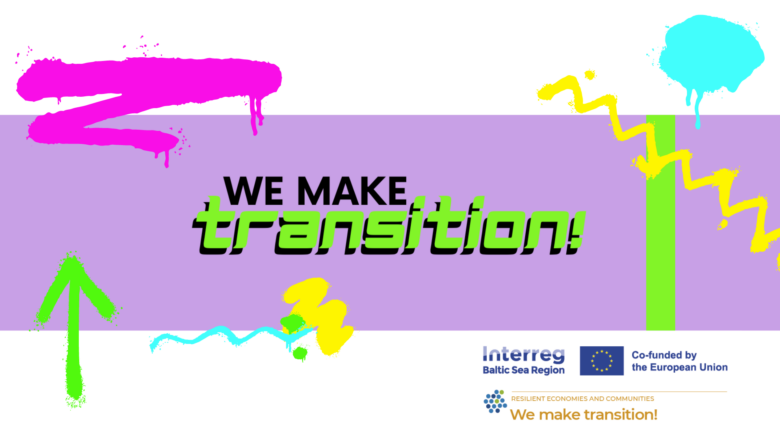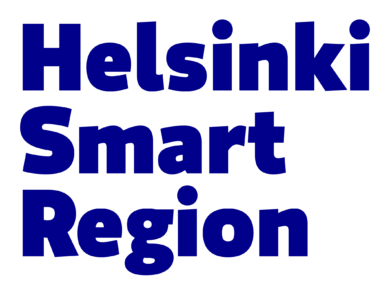Cases

Citizens' city
“Is a selection of ten different ketchup brands really freedom of choice?” – Food for thought from three focus groups in Helsinki-Uusimaa region
Published:
During spring and summer 2023, partners of the We make transition project organised focus group discussions on selected sustainability topics. The focus groups were organised to hear different viewpoints and collect information on the current situation of a selected sustainability topic.
Helsinki-Uusimaa Regional Council organised three focus groups, to all of which relevant actors were invited from different parts of the region. The topics are in line with topics of the Helsinki-Uusimaa Circular Valley initiative, to ensure synergies and shared efforts towards common goals.
Sharing economy
Sharing economy needs more recognition – the change of mindset towards circular economy is already gaining ground, but many are sceptical when it comes to sharing economy.
One solution could be to extend some already well-known examples – for example, everyone is familiar with libraries and how they operate. How far could we take it? Perhaps you could borrow tools, seasonal tickets, electronics, or even a car from your local library (many of these are already in use or have been tested)!
There are also companies in the field of sharing economy, but they seem to have a hard time finding their role somewhere between civil society and business. They are mission-driven, but not NGOs, and still they don’t quite fit into the business world either.
“Sharing economy can strengthen the sense of community even with the sharer and borrower never meeting. It can give someone less fortunate the opportunity to do the same things as everyone else – when you can borrow ice skates, you can join a hockey game with the other local kids.”
Sustainable food systems
“We have all been born into the era when food systems were already global or becoming global. How could we even envision what a local, truly sustainable food system looks like?”
All over the world, food producers somehow try to work by the same rules and standards. How could we instead define locally, what is our way of producing food?
How is food portrayed in culture, what kind of eating habits do we grow up with? Do we need access to all fruits and vegetables all year round, are we willing to eat curved or other “second-class” produce? Is a selection of ten ketchup brands really freedom of choice if in that same store, there is no selection of locally and sustainably produced food?
There might be parallel paths towards sustainable food systems that could all be simultaneously supported. For example one path being the transition to a just and fair global supply chain, another path being new food innovations, and a third path being the increase and development of local food production.
Sustainable use of buildings and built space
Perhaps there are ways we could make better use of our existing building stock instead of building new. Demolition always causes emissions, which should be considered even when the new building is carbon neutral or energy efficient.
Buildings should be viewed as long-lived, flexible, and capable of change. They must be nurtured and maintained, not only to ensure ecological but also the social sustainability of the residents or users of the building.
Especially civil society actors are happy to find a use for under-used spaces, but local authorities might be skeptical of, for example, their financial capabilities. Trust must be built, and it goes both ways; some civil society actors are also skeptical of local authorities, for example decision-making processes.
“Funny enough, there is always money for demolition, but not necessarily any money to invest in extending the life cycle of the building stock.”
> Read more about the We make transition project








 Return to listing
Return to listing